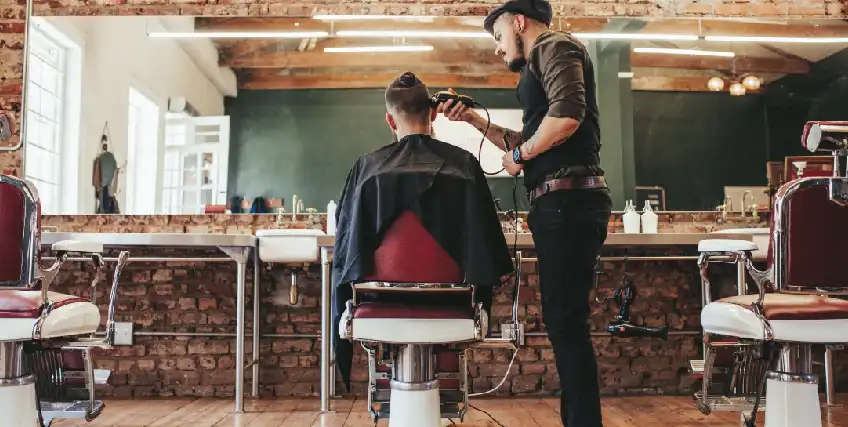This hair grooming industry plays a crucial position in individual care and self-care. However, it is vital to prioritize the wellness and security of both customers and barbers in this setting. Effective health and safety regulations are crucial for maintaining hygiene protocols, avoiding incidents, and ensuring a favorable interaction for everyone involved. By adhering to these regulations, professionals can create a safe space that fosters trust and ease among clients.

A single key aspect of well-being and safety in grooming is sanitation. Stylists must adhere to strict hygiene protocols, including frequent cleaning of tools and workstations. This involves disinfecting scissors, trimmers, and brushes after every use to eliminate the risk of transmitting bacteria or contamination. Moreover, professionals should use clean capes and towels for each individual to maintain a sanitary environment. Implementing these measures not only protects clients but also enhances the credibility of the grooming establishment.
Another important requirement addresses the proper handling of chemicals used in hair treatments. Items such as coloring agents, chemical straighteners, and other styling agents can pose risks if casual men's hairstyles not managed properly. Stylists must adhere to protective protocols for the storage and use of these chemicals to prevent skin irritations or allergic reactions among customers. Using protective gear and ensuring sufficient airflow during procedures are essential steps that barbers should implement to protect customer well-being while offering quality care.
Injury avoidance is also a vital component of health and safety requirements in grooming. Salons should be designed with safety in mind, minimizing hazards such as wet surfaces or disorganized areas. Staff should be trained in response protocols, including how to manage lacerations or burns that may occur during service. Supplying medical supplies and confirming that click for source all staff members know their locations is an effective way to anticipate unforeseen incidents. By emphasizing safety measures, barbers can maintain an atmosphere where clients feel secure and well-attended.
Lastly, effective communication is key to ensuring customer safety in the barbering industry. Stylists should engage with clients about their needs and any potential risks linked to the services provided. This includes reviewing allergies to chemicals or prior negative experiences reported by clients. By encouraging open communication, barbers can develop trust with their customers while ensuring that they receive personalized attention tailored to their unique requirements. In the end, prioritizing wellness and protection standards will result in enhanced client experience and a thriving haircare business.
Comments on “Securing Client Welfare Through Efficient Safety and Safety Standards throughout the Hairdressing Field”